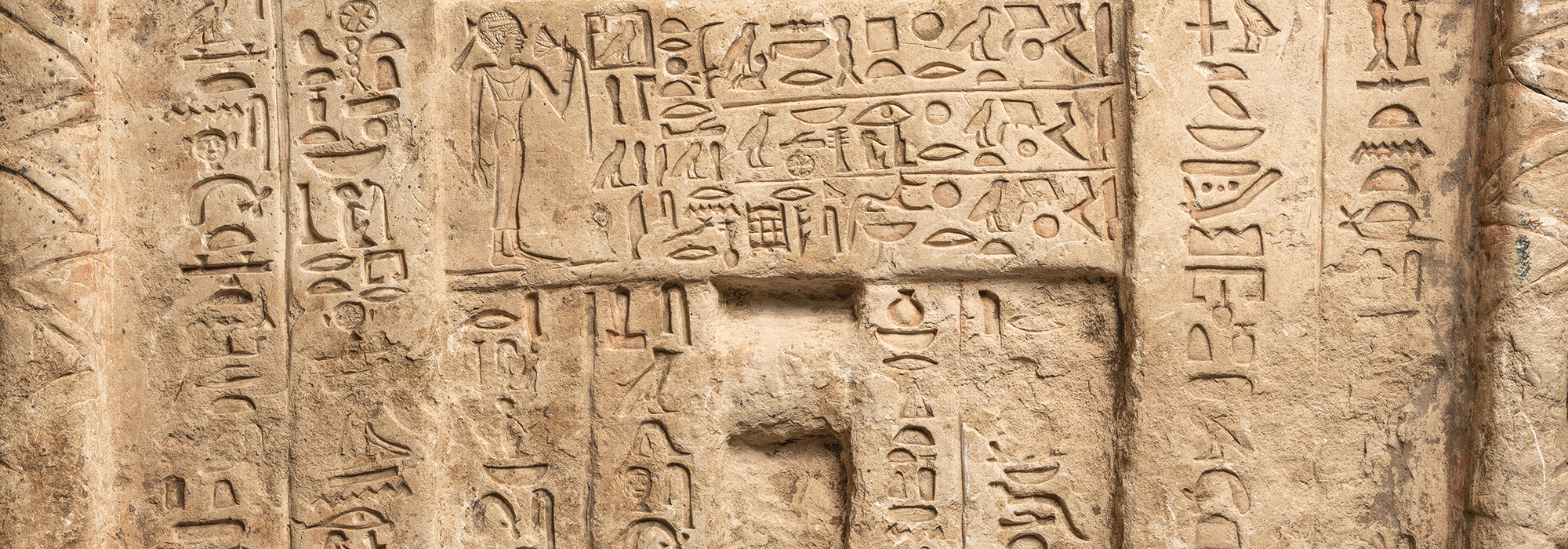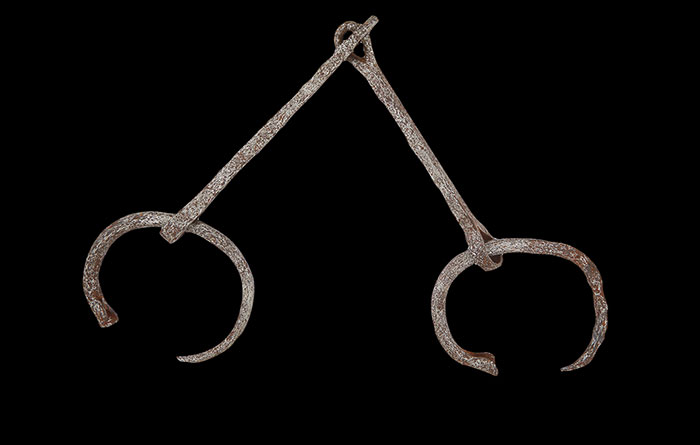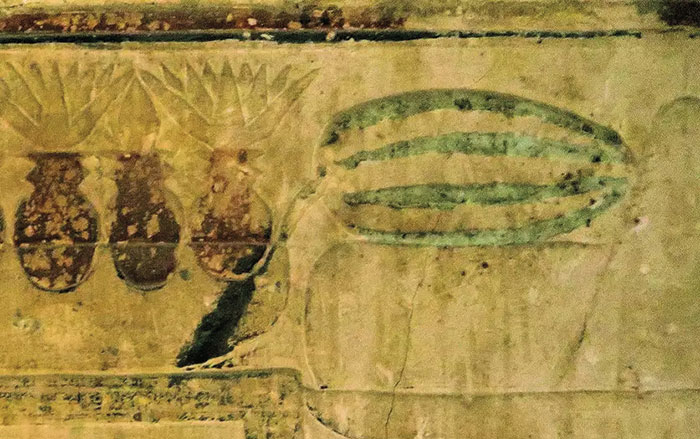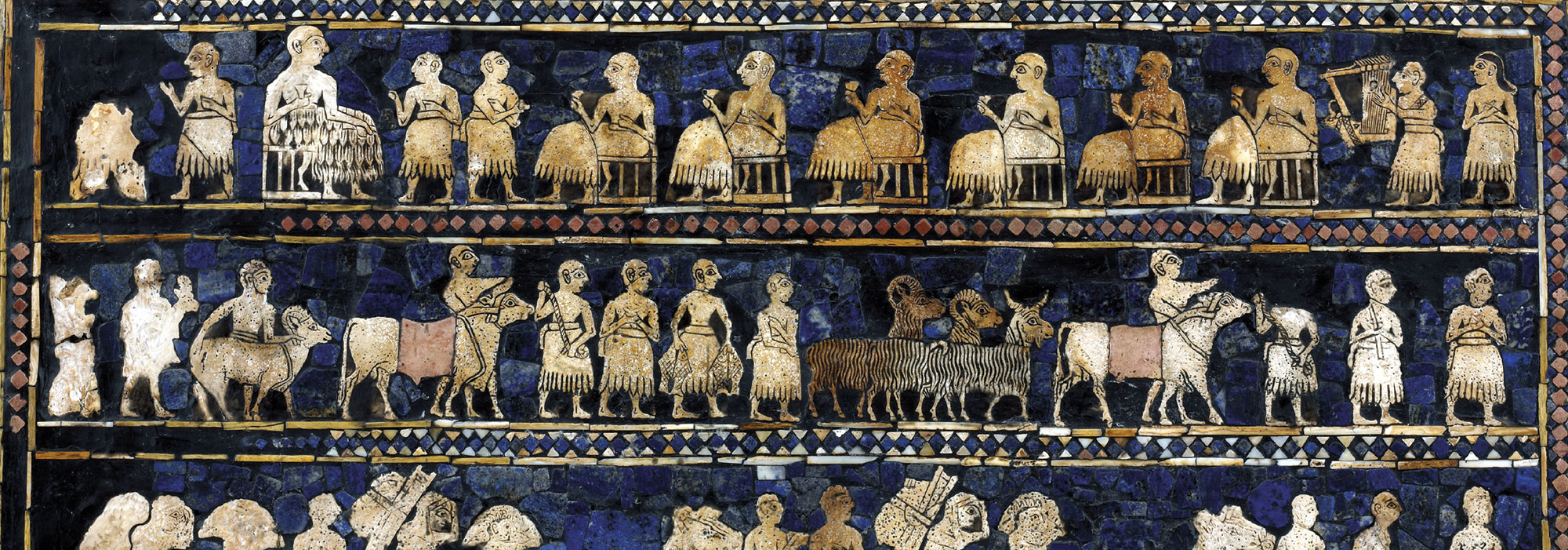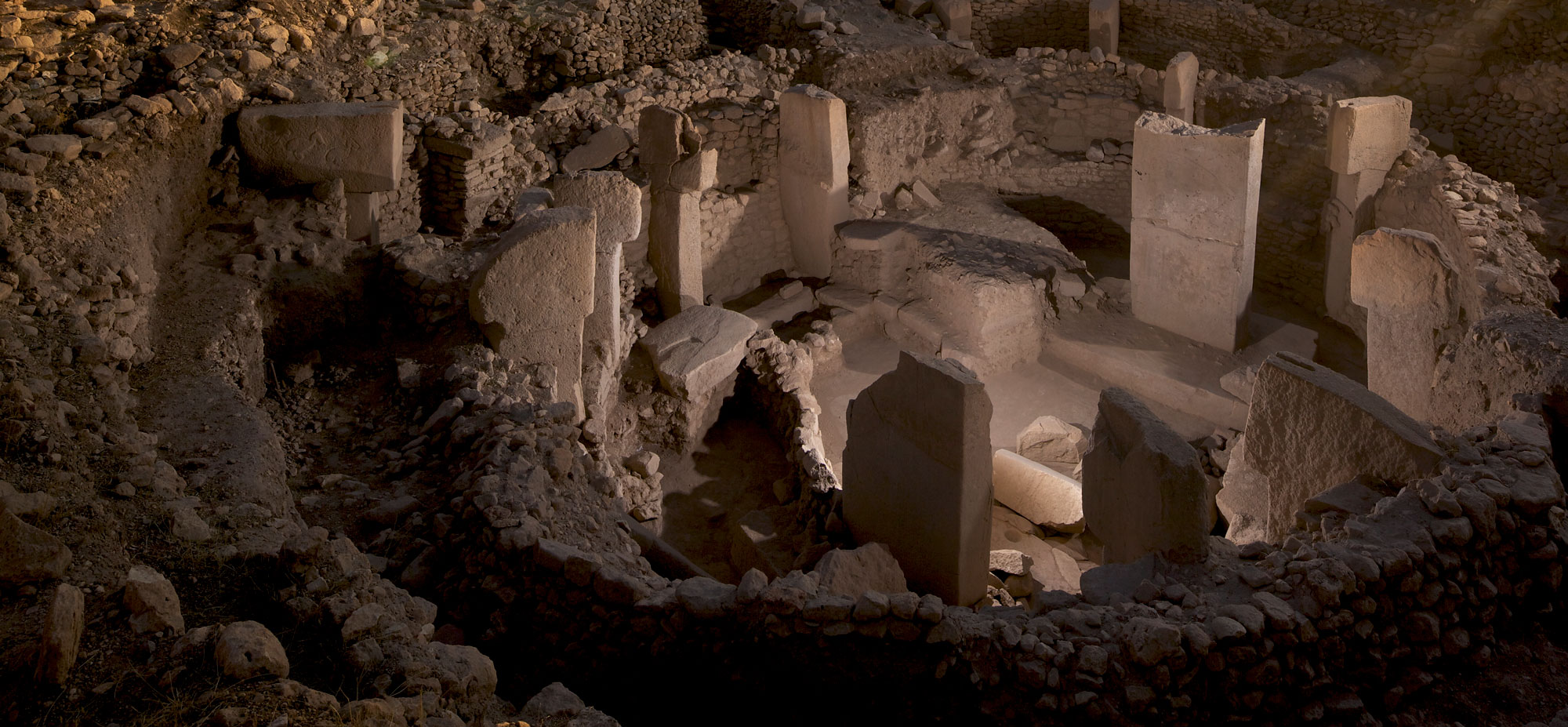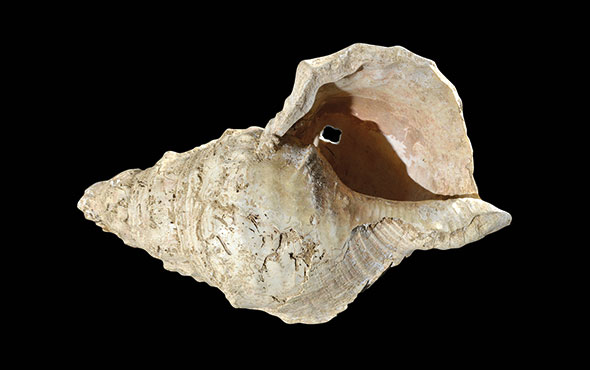
ISMAILIA, EGYPT—Live Science reports that a farmer discovered a 2,600-year-old stela in a field in northeastern Egypt. The stela, which measures about 91 inches long, 41 inches wide, and 18 inches thick, is thought to have been erected by Pharaoh Apries, who ruled from 589 to 570 B.C. Some 100 years later, the Greek historian Herodotus wrote that Apries lost a war with the Phoenicians in which many Egyptians were killed. The resulting civil war in Egypt lead to the death of Apries. The top of the stela bears an imaged of a winged sun disk, sometimes associated with the sun god Ra, a cartouche of the pharaoh Apries, and 15 lines of hieroglyphic writing. Mostafa Waziri of Egypt’s Supreme Council of Antiquities said that the text is being translated. It may shed light on the military campaign, he explained. To read about Heliopolis, ancient Egypt's City of the Sun, go to "Egypt's Eternal City."


